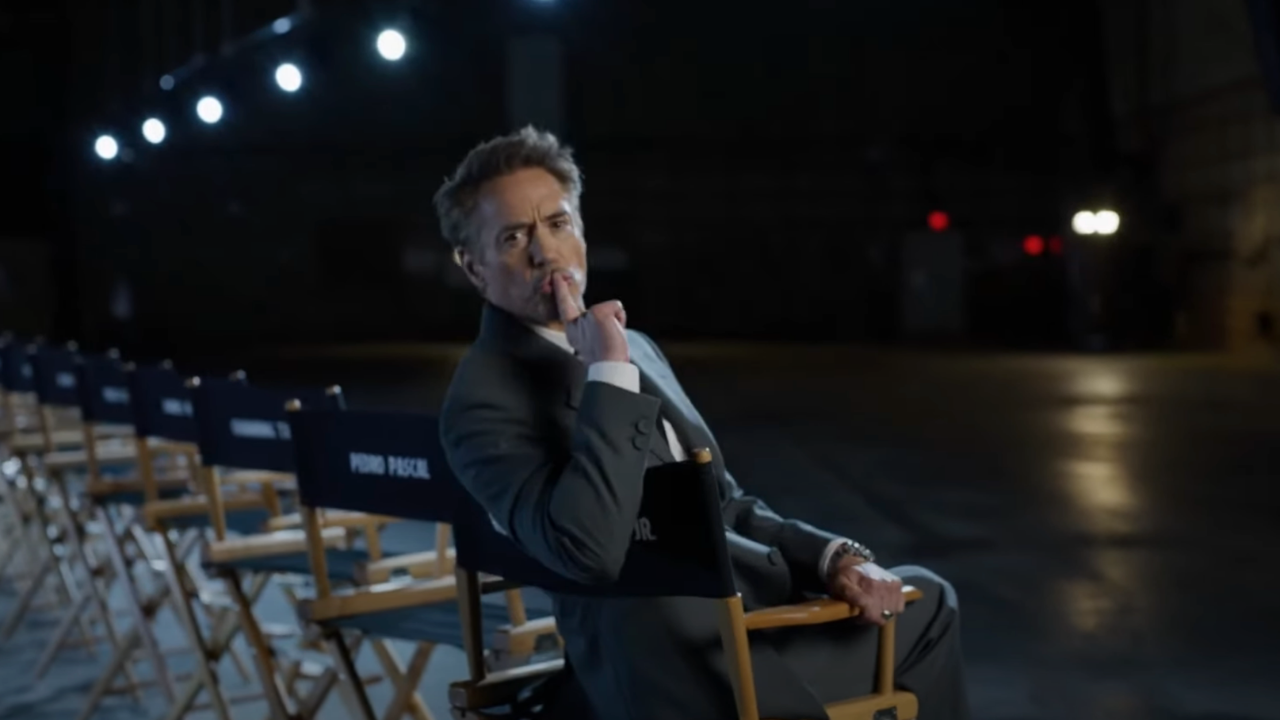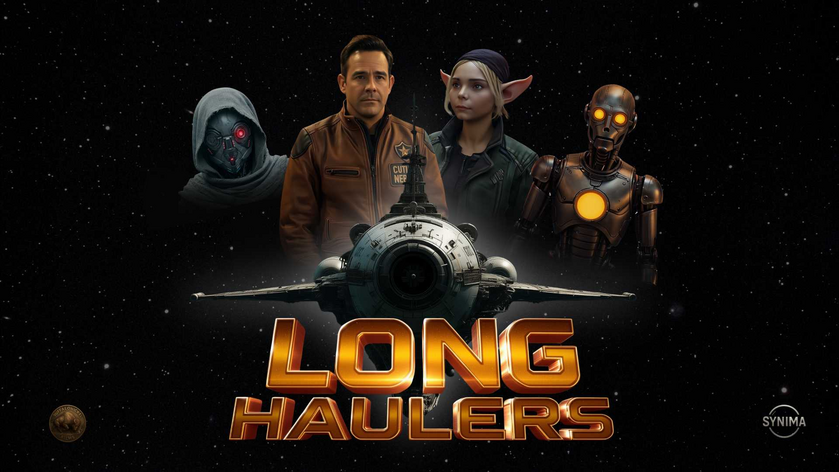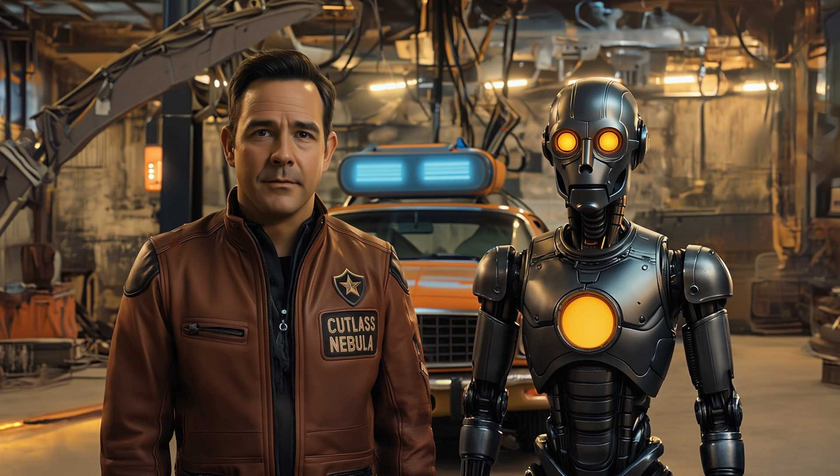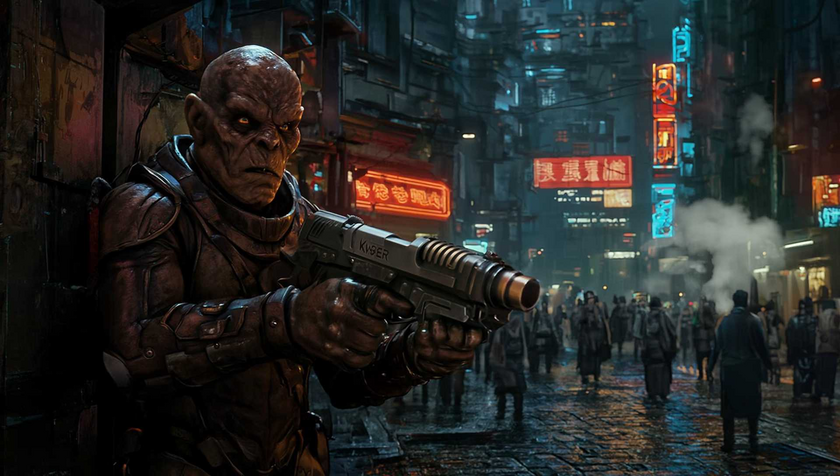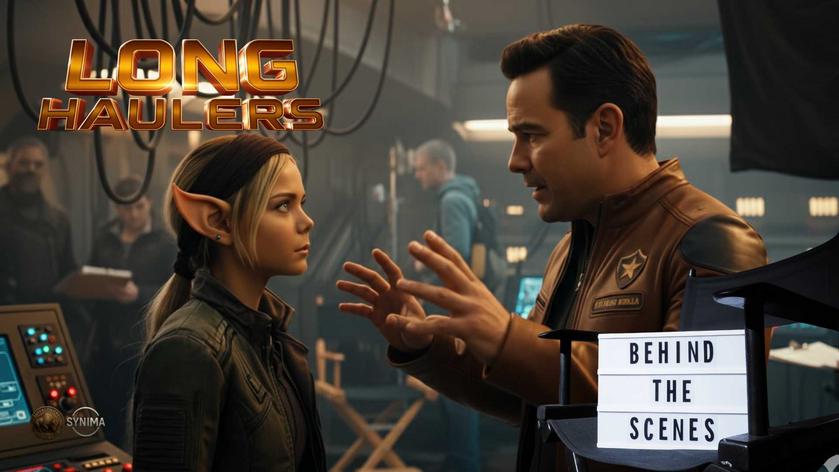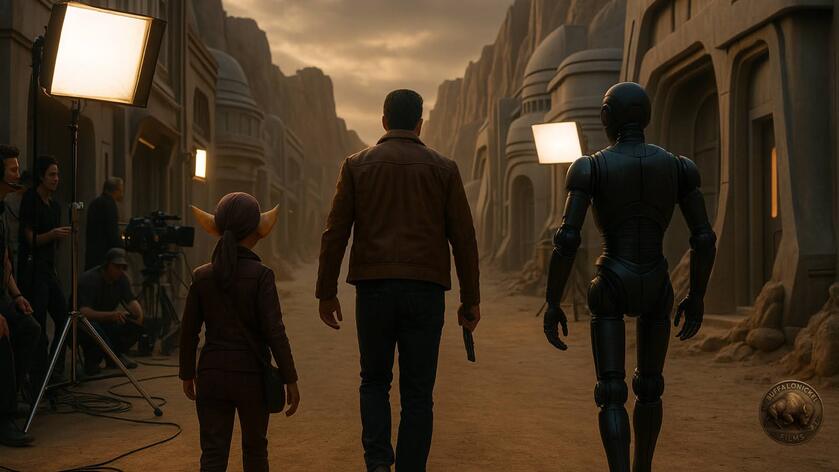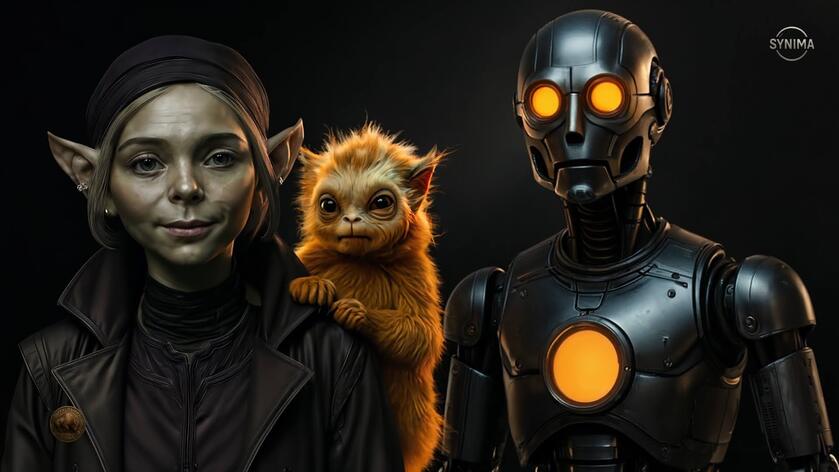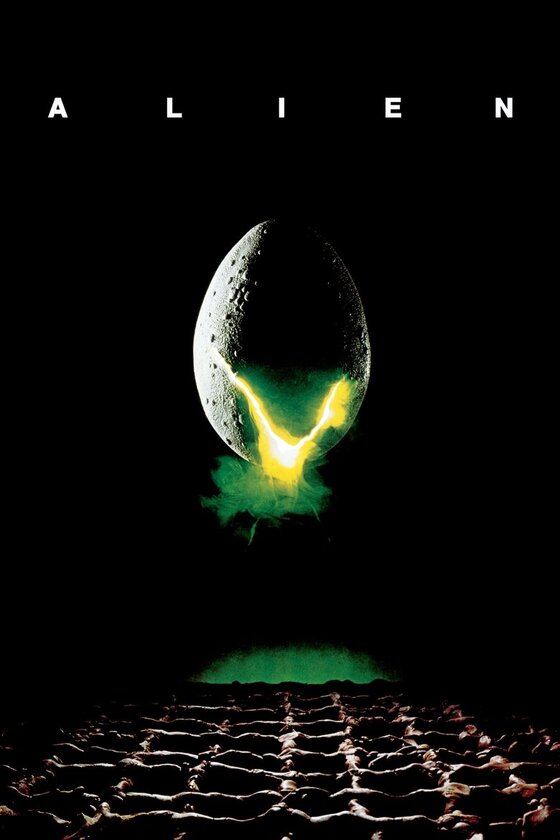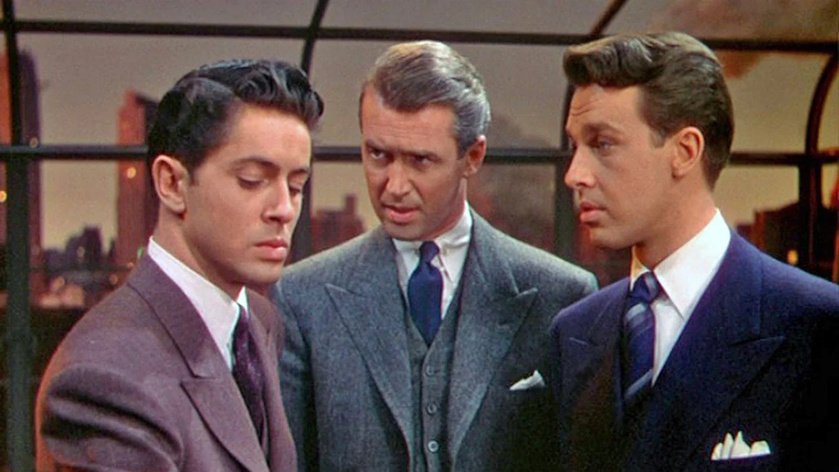At the end of January I was invited to contribute to an anthology of short science fiction stories. The editor gave me a rough timeline, word count, genre, and theme, but otherwise free reign to write whatever I pleased. Right now these large collections are popular in self-publishing circles, where an editor does all the hard work of organizing, formatting, and ultimately selling the book. What’s unusual is that he would solicit stories from specific authors.
I had to pass on the last one. I didn’t want to miss out again.
So the first thing I did was read a few stories from his previous collection to get a better idea of what he wanted. That helped reduce some anxiety and clear my mind for the project. I’d anticipated certain boundaries or expectations that just weren’t there, giving me a little more creative freedom. When it came to working out my contribution, I just let my mind wander. I’d been listening to adventure stories from the early pulps and decided I’d like to play in that sandbox. It would be a tale of an erudite man with a beautiful woman drawing him into an adventure.
The final result didn’t quite work out that way, but it was a start.
Actually it was several starts, as I floundered around with different characters and setups. By now the main trajectory of the story was clear in my mind and the difficulty was finding the right vehicle. After starting and stopping, sacrificing thousands of words and severals of hours, I finally hit on something that felt right. The earlier efforts weren’t wasted, as I may be able to play with those ideas later. But at the very least, it got me to where I ended up.
Even then, the sailing was far from smooth.
The only outline I use is the Hero’s Journey in my head, and even then I don’t reference it often. I let my mood control the flow of information and action, and simply trust that if I’m getting bored or tired my potential readers are as well. Sometimes I plow ahead, hoping it’s not so bad. Sometimes I stop before I dig myself into a hole. Most of the time I think about things while I’m in the shower or laying in bed and identify what doesn’t feel right.
My process is messy.
Sometimes I see an opportunity to use something I’d written earlier as a payoff later. Sometimes I have to go back and put in a setup for the payoff I just thought of. It’s a good thing I don’t write novels, because I’m forever going back and forth, forth and back. I don’t do this often, but this time I wrote the conclusion before the climax, just so that I’d have something to work toward.
You’ll see how that worked out.
Right now the story sits around 8,200 words. I have a separate document with 1,850 words of things I wrote, removed, and replaced. I thought I finished the story a couple weeks ago, but last Friday I abruptly closed the book I was reading, went to the computer, and rewrote the conclusion. A clever twist, a few jokes, and nice descriptions got mercilessly excised. And I didn’t care in the least, because I can write all of those things some other time.
You only get to end a story once, so you want to get it right.
So far only one other person has read it. I still had a few niggling doubts about a specific character, but felt it was time to stop tinkering and let someone with a fresh perspective take a look. She told me that I was being too nit-picky: it’s fine. We’re all our own harshest critics. Is the story any good? Well, two of us think so.
But it’s not done yet.
My reader noted one section that’s confusing and suggested some missing words. I know it’s not perfect, and it never will be perfect. In a couple years I’ll probably read it again and see things I wish I could change.
That’s just how it is.
There’s a chance the editor will pass. Maybe I misjudged his goals and missed the mark. That’s fine. I can shop it around to other publications, or publish it myself. I’ll keep you updated here. But in any case, I’m thankful that I took on the challenge and have something to show for it.


